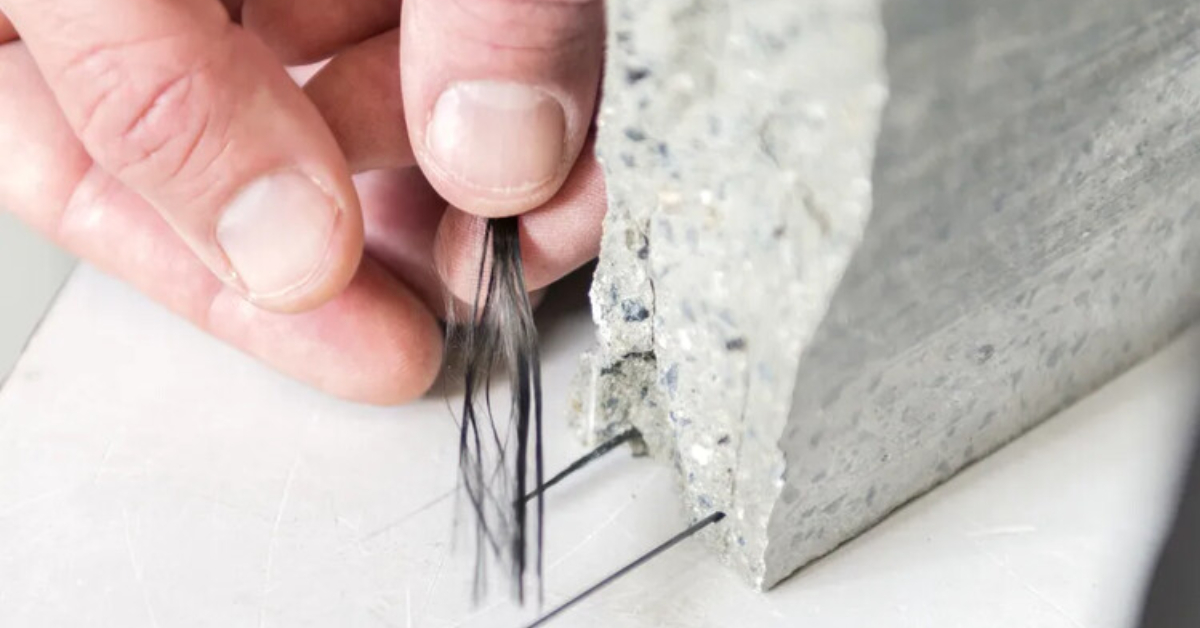
For decades, concrete has shaped city skylines and supported our daily infrastructure. Yet, it’s known for its environmental toll, including high carbon emissions and resource depletion. Recently, there’s been a push for sustainable alternatives. The construction industry is experiencing a revolution, with new technologies enabling sustainable practices that are changing the landscape in every sense of the word.
In this comprehensive exploration, we will dive into the world of sustainable concrete technology, highlighting the innovative approaches that are reshaping the industry and the homes we live in.
The Evolution of Concrete Technology
Concrete, a staple in construction history, has been used since ancient times, notably by the Romans. Its mass production during the Industrial Revolution cemented its industry dominance but at a considerable environmental cost. Traditional concrete production, a high-energy process, contributes significantly to global CO2 emissions. This has sparked interest in eco-friendly alternatives, ushering in a new era of concrete technology.
Innovations in Sustainable Concrete
Green Concrete – Revolutionizing Cement Production
Green concrete is not simply a gimmick; it is a serious rethinking of the materials that go into cement production. It substitutes traditional materials with industrial waste byproducts like fly ash, slag cement, and silica fume, reducing the need for quarried stones and reducing the carbon output of the mixture.
Self-Healing Concrete – Building Resilient Structures
The concept of self-healing concrete is straight out of a science fiction novel, yet it’s becoming a reality. This specialized concrete formulation includes capsules of various chemical agents that rupture when cracks form, allowing the material to “heal” and maintain structural integrity over time, reducing the need for regular repairs.
High-Performance Concrete – The Efficiency Champion
High-performance concrete (HPC) might not sound as glamorous as self-healing or green concrete, but it’s no less important. By using an advanced mixture of fine aggregates, high cement content, and superplasticizers, HPC can create more durable structures, require less maintenance, and are therefore more sustainable.
The Economic and Environmental Advantages
The drive towards sustainable concrete isn’t purely altruistic; there are tangible economic and environmental benefits that make it an attractive choice for both homeowners and construction companies. Sustainable concrete technologies reduce the need for maintenance, cutting down on long-term costs. They also significantly decrease the carbon footprint associated with building materials, contributing positively to the environment.
In the long run, this could mean greener and more affordable homes for homeowners. It’s a win-win scenario that is bolstering the appeal of these new concrete technologies across the globe.
The Future of Concrete in Construction
The trajectory for sustainable concrete, including concrete repair in Salt Lake City, is a segment of construction technology that is set to expand and innovate further. Exciting developments are on the horizon, such as 3D printing with concrete and carbon capture techniques, which can potentially reduce the carbon footprint of traditional concrete production
As more emphasis is placed on sustainable living practices, the construction industry needs to adapt and evolve. The innovations in concrete technology are a promising step towards creating a greener future for our built environment.
Conclusion
Now that you’ve explored the world of sustainable concrete technology, you can see that it’s not just about creating attractive and functional structures but also about building a more sustainable future. With ongoing research and development in this field, we can look forward to even more groundbreaking solutions that will reshape the construction industry for the better. So let’s embrace these innovations and pave the way towards a greener,


